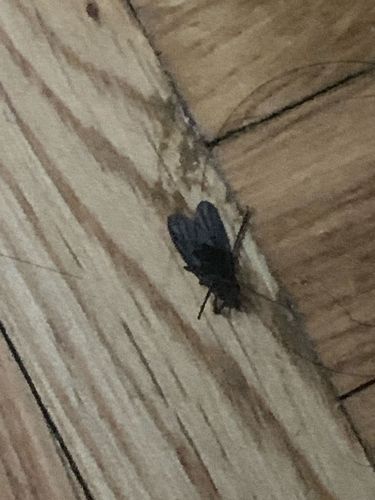Moth Fly (or Drain Fly, Filter Fly, Sewage Fly)
Scientific Name: Psychodidae
Order & Family: Diptera, Psychodidae
Size: 2-5 mm in length

Natural Habitat
Damp, organic-rich environments such as household drains (sinks, showers, tubs), sewage treatment plants, septic tanks, compost piles, and wet soil.
Diet & Feeding
Larvae feed on decaying organic matter, fungi, algae, and microorganisms found in the sludge and slime of drains. Adult moth flies generally do not feed or feed on nectar/polluted water.
Behavior Patterns
Moth flies have a characteristic jerky, hopping flight rather than typical sustained flight. They are active primarily at night. The life cycle from egg to adult is relatively short, around 1-3 weeks depending on conditions. Adults are often seen resting on walls near breeding sites. They are typically an indoor nuisance pest.
Risks & Benefits
Potential Risks: Nuisance pest, can carry bacteria from their breeding sites to surfaces in homes, potentially exacerbating allergies in sensitive individuals. They do not bite or transmit diseases directly to humans. Potential Benefits: In certain wastewater treatment systems, their larvae can contribute to the breakdown of organic waste, though this is not a primary management strategy.
Identified on: 9/5/2025